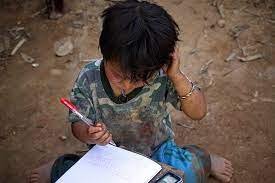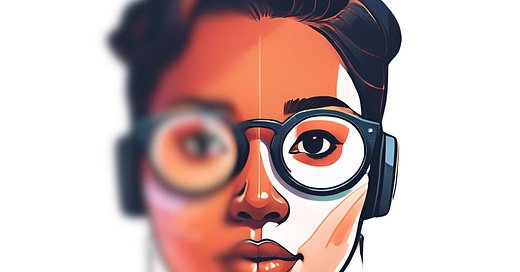More Than a Lack of Money
When people think about poverty, the focus usually lands on money—or more accurately, the lack of it. But poverty runs deeper than just empty wallets. It is held in place by invisible chains: the psychological burdens, social barriers, and systemic hurdles that keep individuals and entire communities stuck. Even when solutions like budgeting or debt settlement provide temporary financial relief, these invisible chains can still hold people back from long-term progress. Breaking them requires more than financial tools—it requires reshaping how we view opportunity, support, and growth.
The Psychological Weight
One of the strongest invisible chains is the weight of mindset. Living in poverty often means living in constant survival mode, where every decision revolves around immediate needs rather than long-term goals. This cycle of stress and scarcity can erode self-confidence and limit the ability to plan ahead. Over time, people may start to believe they don’t deserve better opportunities, or that success is out of reach. These beliefs act as barriers just as real as financial ones, keeping people from taking steps that could lead to freedom.
Social Barriers That Limit Opportunity
Communities shaped by poverty often face invisible but powerful social barriers. Access to strong professional networks, quality schools, and safe environments is limited, and these factors can heavily influence someone’s future. A child growing up in a neighborhood without good schools or role models may have to work much harder to access the same opportunities as someone from a more privileged area. This inequality reinforces the cycle of poverty, even when talent and effort are present in abundance.
Systemic Hurdles That Reinforce the Cycle
Beyond the personal and social, systemic factors play a huge role. Policies, unequal distribution of resources, and lack of access to fair financial services all create walls that are difficult to climb. For example, limited healthcare access can trap families in medical debt, while underfunded schools reduce upward mobility. These systemic hurdles are less visible than a missed paycheck but no less damaging. They represent the structures that quietly hold poverty in place across generations.
The Emotional Toll of Constant Struggle
Another hidden cost of poverty is its emotional toll. The stress of never feeling secure, of constantly juggling bills or worrying about emergencies, wears people down. This exhaustion can lead to burnout, depression, or a sense of hopelessness that affects decision-making. When energy is drained just trying to survive, it’s difficult to think about thriving. The invisible chain here is not just financial scarcity, but emotional depletion that keeps people from breaking free.
Breaking the Chains Requires More Than Money
While financial support and relief are essential, breaking the invisible chains of poverty requires a broader approach. Economic solutions like debt settlement or job training programs can provide breathing room, but they need to be paired with efforts that target psychological, social, and systemic barriers. This might mean mentorship programs, improved education systems, fair housing policies, and accessible mental health support. Together, these tools create the conditions for people to not just escape poverty but to build sustainable futures.
The Role of Community and Connection
Communities play a powerful role in helping people break free from these chains. When people feel supported, encouraged, and connected, it strengthens resilience. Whether through local organizations, faith groups, or grassroots efforts, building strong networks can replace isolation with empowerment. These connections remind individuals that they are not alone and that change, though difficult, is possible. Community-driven initiatives often succeed because they address not only economic needs but also the emotional and social dimensions of poverty.
Final Thoughts
The invisible chains of poverty stretch far beyond money. They include the psychological limits of living in survival mode, the social barriers that restrict opportunity, and the systemic hurdles that keep generations trapped. Even when financial tools like Debt Settlement help ease immediate pressure, deeper change requires holistic solutions. Breaking these chains means addressing both the human and structural sides of poverty. By combining economic opportunity with emotional support and systemic reform, we can create a future where poverty is no longer reinforced by the unseen barriers that hold so many back.











